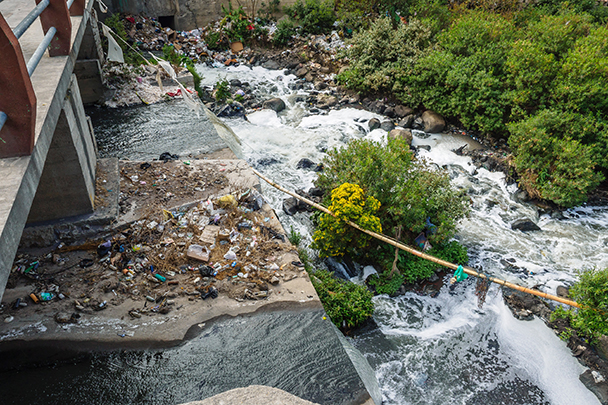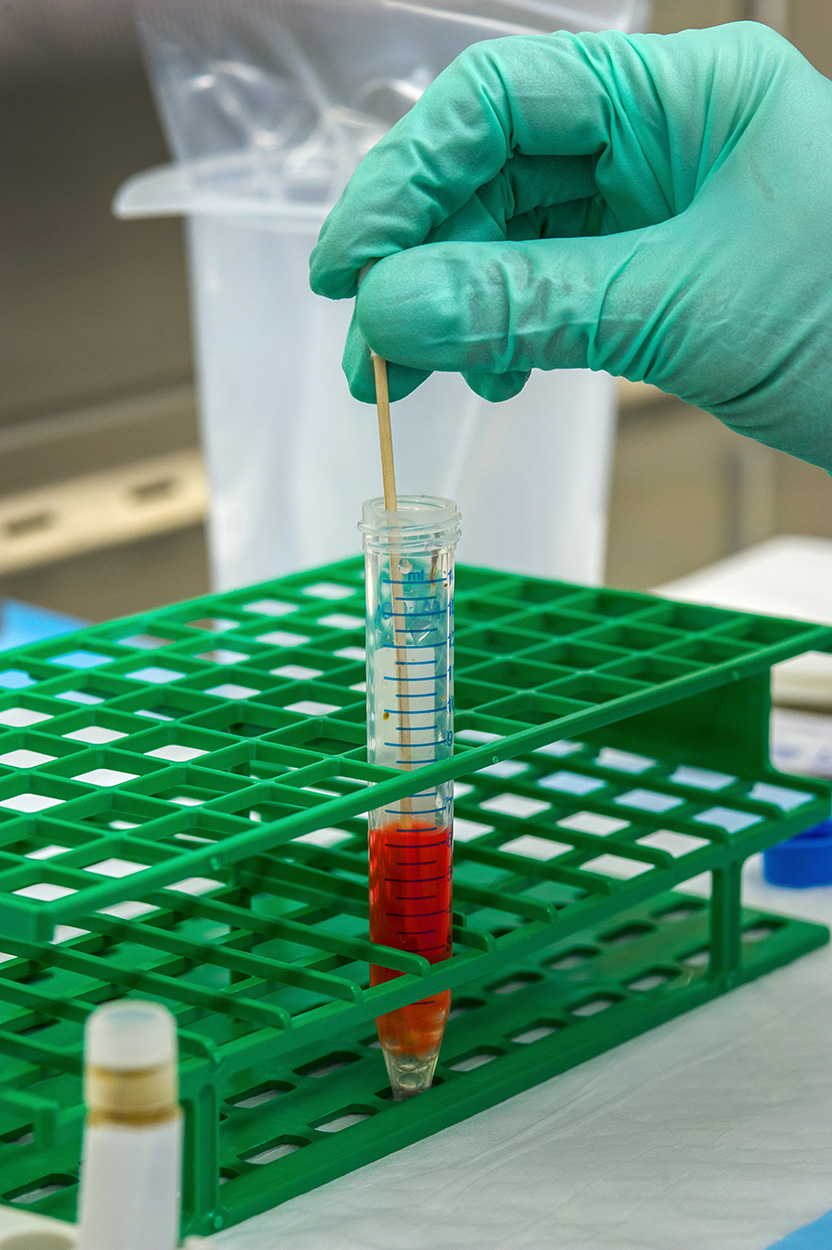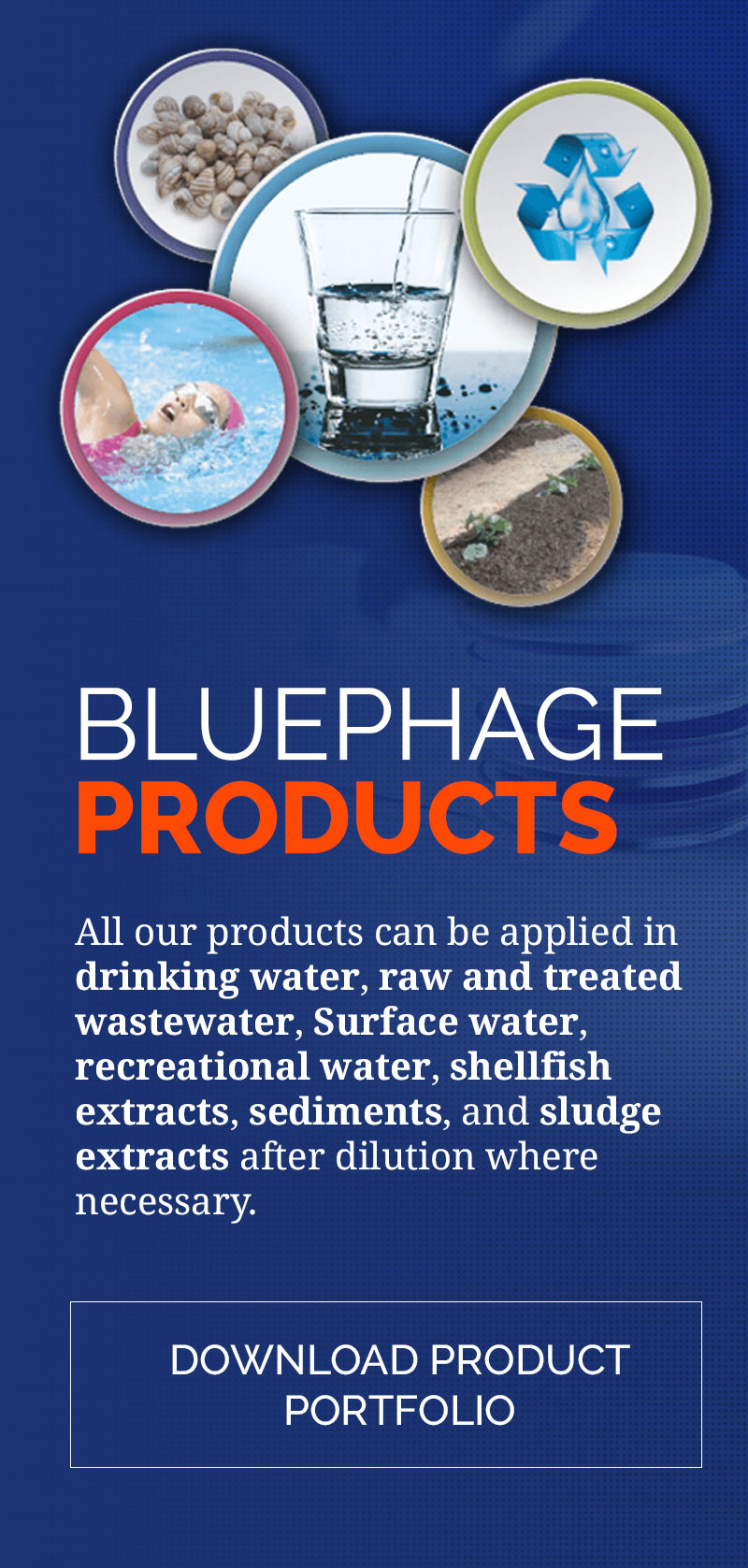BLOG | Bluephage
How to quickly, effectively, and safely control fecal contamination in water

Water is essential to sustain life on our planet, but it is also a matrix that allows transmission within the biosphere of some disease-causing agents, such as diarrhea, which causes 485,000 deaths per year.
Seven hundred and eighty-five million people lack even a basic drinking water service, defined by the World Health Organization (WHO) as “an improved source of drinking water within a 30-minute round trip to collect water,” including 144 million people who rely on surface water. Globally, at least 2 billion people use a source of drinking water contaminated with feces, and it is projected that by 2025, half of the world’s population will live in water-scarce areas. The availability of safe drinking water for all is one of the United Nations’ targets within its Sustainable Development Goals to achieve a better and more sustainable future (Goal 6: Ensure access to water and sanitation for all).
A significant number of waterborne pathogens have been identified in the last century. However, a comprehensive and routine analysis of all of them is unsustainable regarding cost and practical technological implementation in water management. To address these limitations, microbial indicators were defined as those microorganisms that allow the assessment of fecal contamination and the possible presence of pathogens in water.
Fecal contamination is produced by humans and the different water uses by humans in agricultural, livestock, and industrial activities or other economic activities. In addition, we must also add the fecal contamination of wild animals in the different ecosystems. Therefore, fecal contamination can be found in completely natural water sources, and it will be crucial to know the pathogen loads (parasites, bacteria, and viruses) to see if they exceed the limits considered tolerable for water use.
Bacterial indicators have been successfully used and applied for water quality monitoring and control since the late 19th century. Their routine testing of water resources and water uses has significantly decreased waterborne infections worldwide. However, fecal indicator bacteria (FIB) have different fate and transport characteristics within wastewater treatment plants and aquatic environments than viral and protozoan pathogens. In addition, molecular techniques have been developed in recent decades as new analytical systems for rapid pathogen detection, but these techniques are limited because they do not provide infectivity information essential for risk assessment in water management, sanitation, and safety.


Bacteriophages of enteric (intestinal) origin are suitable viral indicators in water and provide an effective solution to the limitation of BIFs as indicators of waterborne viruses. Bacteriophages are viruses that depend on a bacterial host for replication. Therefore, those that infect BIFs or other commensal intestinal species (e.g., coliphages) are subsequently excreted by hosts and follow diffusion routes in the environment similar to those of enteric viral pathogens. In addition, bacteriophages have morphological characteristics similar to those of many enteric pathogenic viruses, suggesting that they can better mimic their behavior in the environment and against different water treatments. Consequently, bacteriophage analyses have been considered suitable substitutes for routine monitoring and control of viral pathogens and are excellent indicators of fecal contamination in many different types of water: drinking water, wastewater, reclaimed water, recreational water, among others.
The possible use of bacteriophages as better indicators of virological water quality has received more interest progressively and is already valued as a feasible option. Methods for detecting and enumeration three different groups of enteric bacteriophages (somatic coliphages, F-specific coliphages, and Bacteroides phages) have been developed and subsequently standardized by national and international standardization bodies (ISO and US-EPA).
Bluephage, a biotechnology company born at the University of Barcelona, specializes in products to analyze coliphages as viral indicators in water, food, and biosolids. Coliphages are detected within one working day using a patent-protected rapid test. This has simplified and facilitated the detection of these indicator viruses that cause severe waterborne diseases. The Bluephage product line offers more straightforward, faster, and more cost-effective viral indicator kits to improve water safety.
Bluephage technology helps overcome the essential limitations of molecular techniques. As noted above, enteric-derived bacteriophages (coliphages) are suitable viral indicators in water and provide an effective solution to the limitation of FIBs as indicators of waterborne viruses. Clearly, coliphages as viruses depend on cellular support, in this case, a host bacterial strain, to replicate.
Therefore, those that infect FIB or other commensal intestinal species (in the case at hand, coliphages) are subsequently released by lysing the bacterial host cells, where they have multiplied and subsequently follow diffusion routes in the environment similar to those of viral pathogens of enteric origin. In addition, bacteriophages have morphological characteristics similar to those of many enteric pathogenic viruses, suggesting that they can better mimic their behavior in the environment and against different water treatments. Consequently, coliphage analyses have been considered suitable surrogates for routine monitoring and control of viral pathogens and are excellent indicators of fecal contamination in many different types of water: drinking water, wastewater, reclaimed water, and recreational water, among others.


